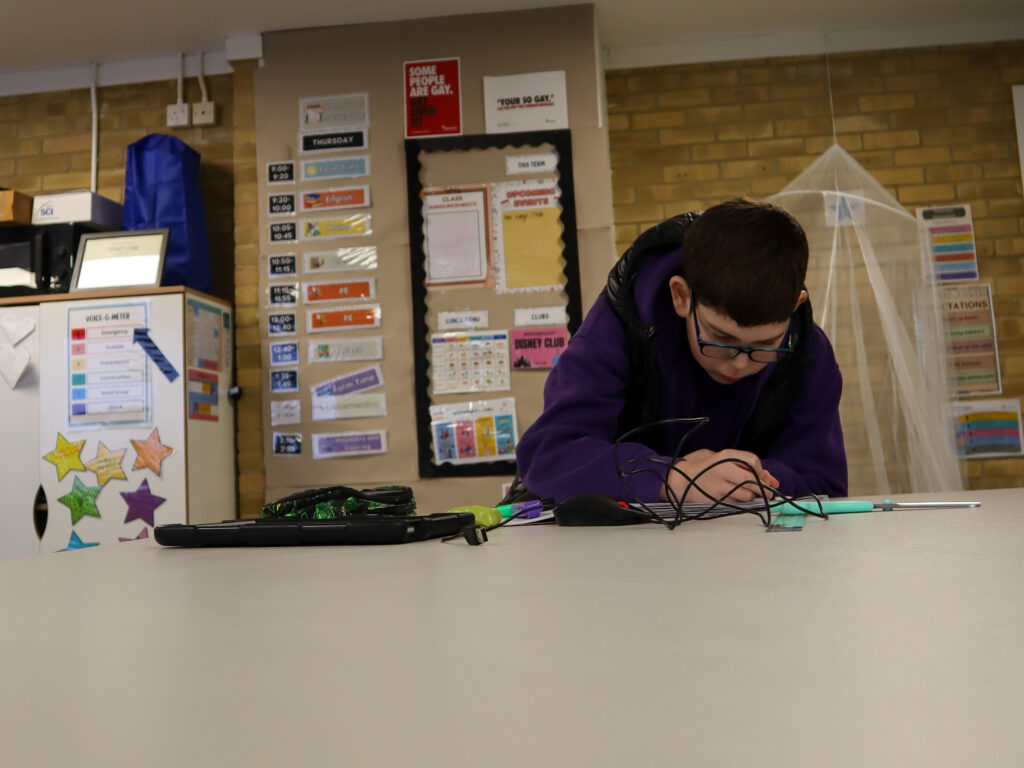Relationships, Belonging and a Network of Joy
Polly Ross
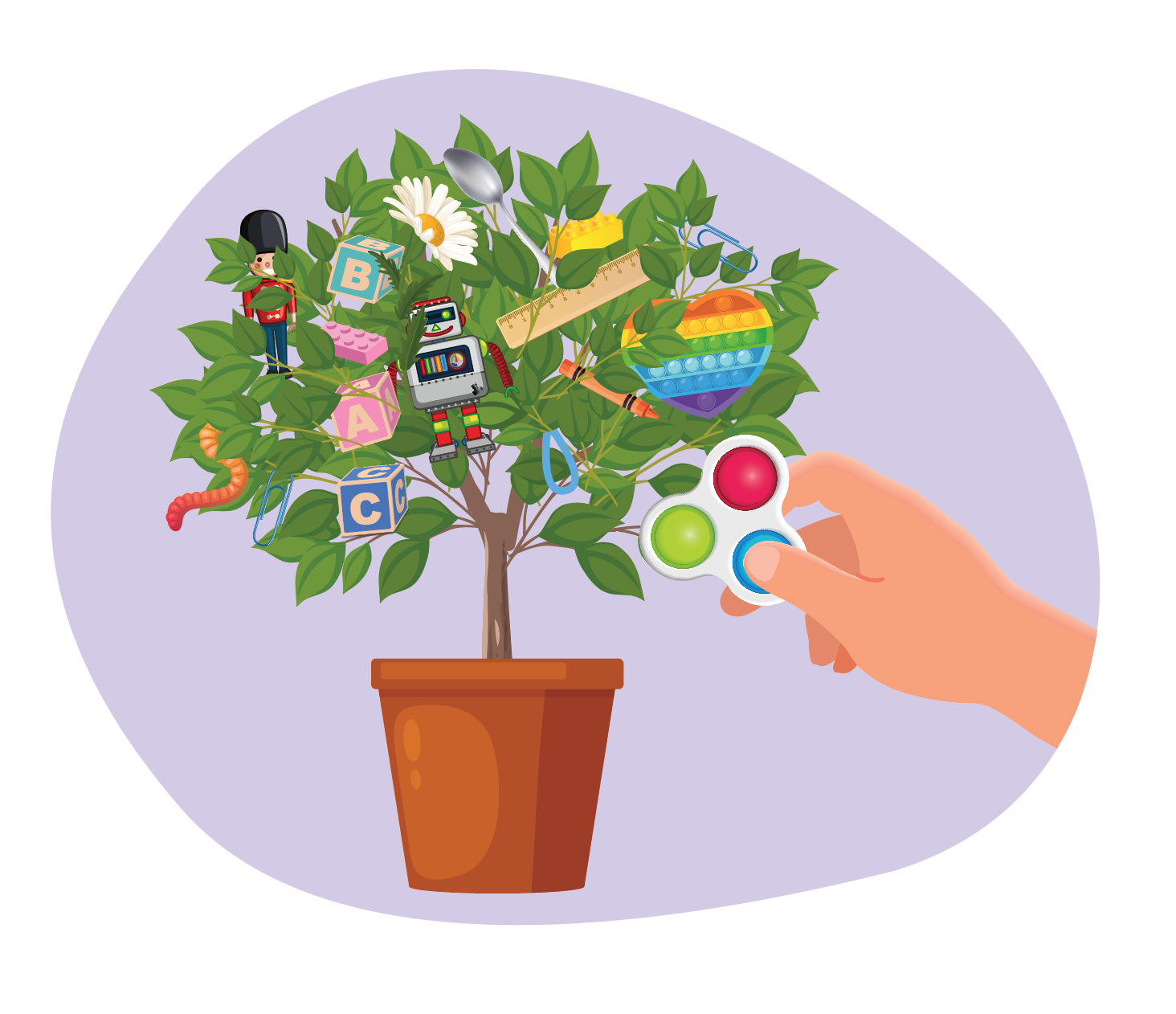 This is a story about a boy, his teacher, a wooden tree and a school full of love and learning. It reminds us that learning can and does happen anywhere and any way in a school when the culture is right.
This is a story about a boy, his teacher, a wooden tree and a school full of love and learning. It reminds us that learning can and does happen anywhere and any way in a school when the culture is right.
Our School
Shefford Lower School is a large lower school in Central Bedfordshire with a significant SEND register. We don’t believe in an approach to SEND in which learners should either be in a specialist environment or a mainstream school. So, we have adapted our learning environment and teacher-student relationships to support a wholly inclusive mainstream specialist environment accessible to all young learners in our community.
We further believe that progress can take many different forms and that all children have an entitlement to leave us with every step, however small, recognised, captured and celebrated.
When I was young, my mother gave me a wooden Christmas tree. When I became a headteacher, with an office, I brought it into school where each December it was displayed, decorated and lit. By last summer it was looking tired and I kept reminding myself to throw it away.
Peter’s story (not his real name)
Peter is a young learner who receives a high level of adult support due to his complex needs. These include a significant speech delay, autism, social communication needs and self-care needs.
One day Peter came in because his Teaching Assistant wanted to mention something to me. As he waited, Peter saw the tree gathering dust on the top of a cupboard and gestured that he would like to see it. I had no idea that this would be the beginning of something magical!
Peter decorated this sad little tree, and then returned the next day, then each day, several times a day, beginning to talk as he did it, presenting it joyously to me and showing it to everyone along his way as he proudly walked it around the school en route to show his teacher.
He had found something in the school which brought him (and many others) joy. This tree was subsequently to become a powerful tool in his speech and language development. The creativity flowed and anything and everything became a potential decoration, from a kitchen spoon to flowers from the forest, bringing warmth and amusement to all.
After this had been going on for a month or two, someone suggested keeping the tree in Peter’s classroom as I may sometimes be in meetings,.This was until we realised that walking down to my office and saying hello was an important part of it!
The ritual continued. Peter’s confidence grew and his speech and language seemed to be coming on until one day he came in and said: “Hello Mrs Ross. Can I have the tree please?” A clearly enunciated sentence!
Reciprocal Joy
I started to take photos of this tree my mother had bought me and sent one to her to let her know it was not only still going strong but, in fact, supporting a child with additional needs to thoroughly enjoy his experience of school. My mother responded, telling me how beautiful it was, and so it continued. He would decorate a tree, show it to all around the school who would smile, share it with me and it would also make my mother’s day!
Just before his annual review I sent all the photos to his teaching assistant to share with his family at the meeting, following which she sent this reply:
Oh Polly, thank you for these pictures, they are really great. I will print them off for his review next week. He makes my day and fills it with joy every day–whether it’s through watching him carefully decorating his (your) beloved tree, some work he has done, learning he has remembered, or new vocabulary he has said to me. 🙂 Thank you for always being so supportive and welcoming when we come to see you. Helen
Educational Reflections
We realised, of course, that this had also been an exercise in relationships and belonging; Peter’s relationship with the TA and the pride she took in working with him and watching him grow. This, allied to the knowledge she developed about his interests through safe talk, had supported him to be successful. It has also facilitated relationships with other pupils and adults – and with me through his friendly visit each day.
This story is also about joy, which all learning should bring: the joy Peter brought to those around him in walking his tree through school; or that his TA gets from working creatively alongside him and making a difference; or that he brought to my office and many a meeting held there – and even the joy he brought to the lady, a retired art teacher, who had once given her daughter a small wooden tree.
Polly Ross is Headteacher at Shefford Lower School in Bedfordshire.


Professional Prompts
- In the ‘Welcome’ editorial, we said that relationships and belonging would be two of the sub-themes of this How does Polly Ross’s piece illustrate these themes?
- What are ways that students’ beliefs, interests and passions can be incorporated into the school context?
- How can school leaders be more engaged and connected to students on a regular basis?
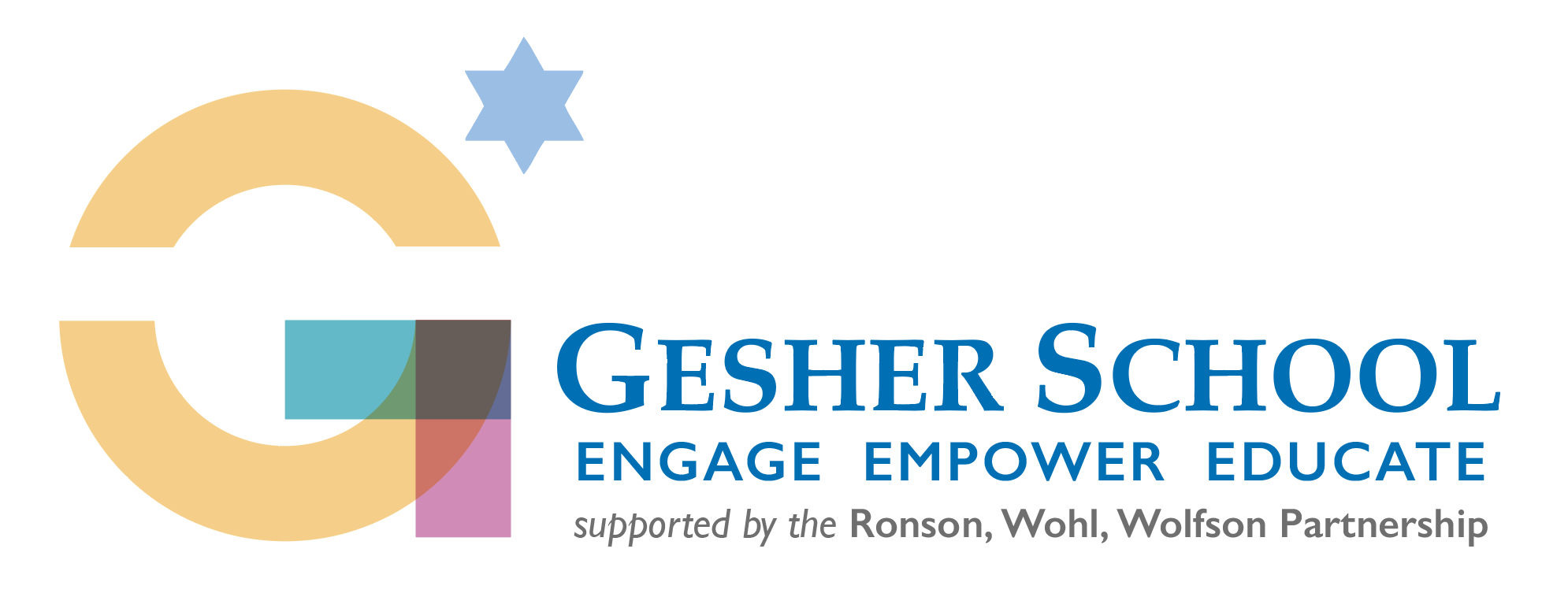
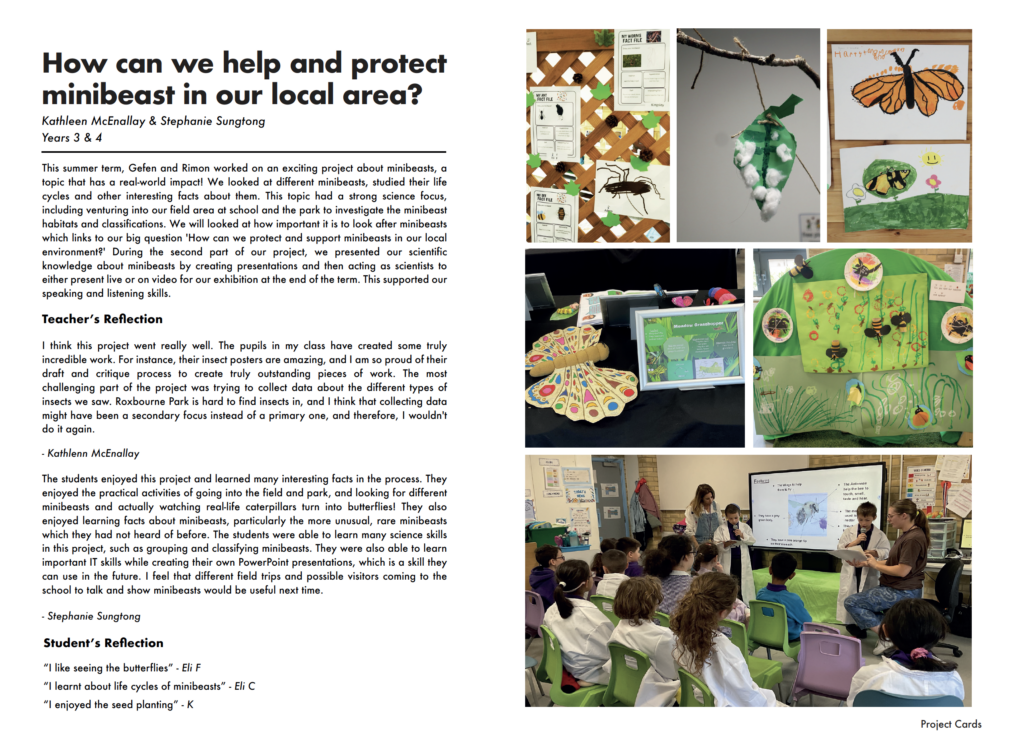
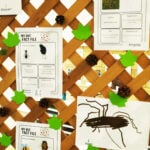
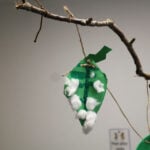
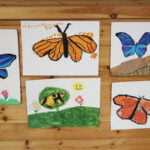
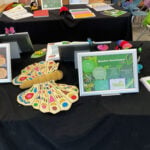

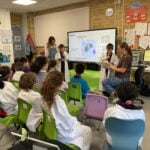
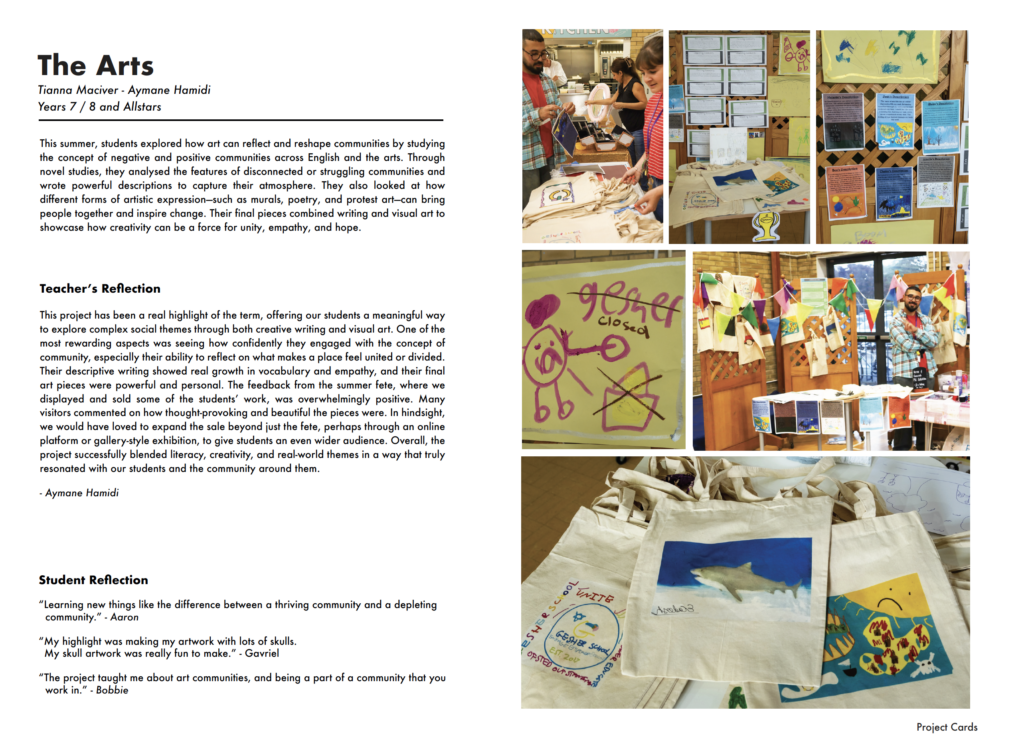
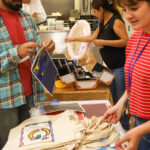


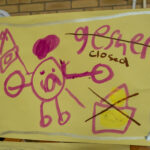
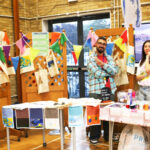
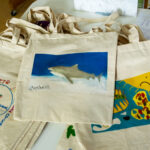
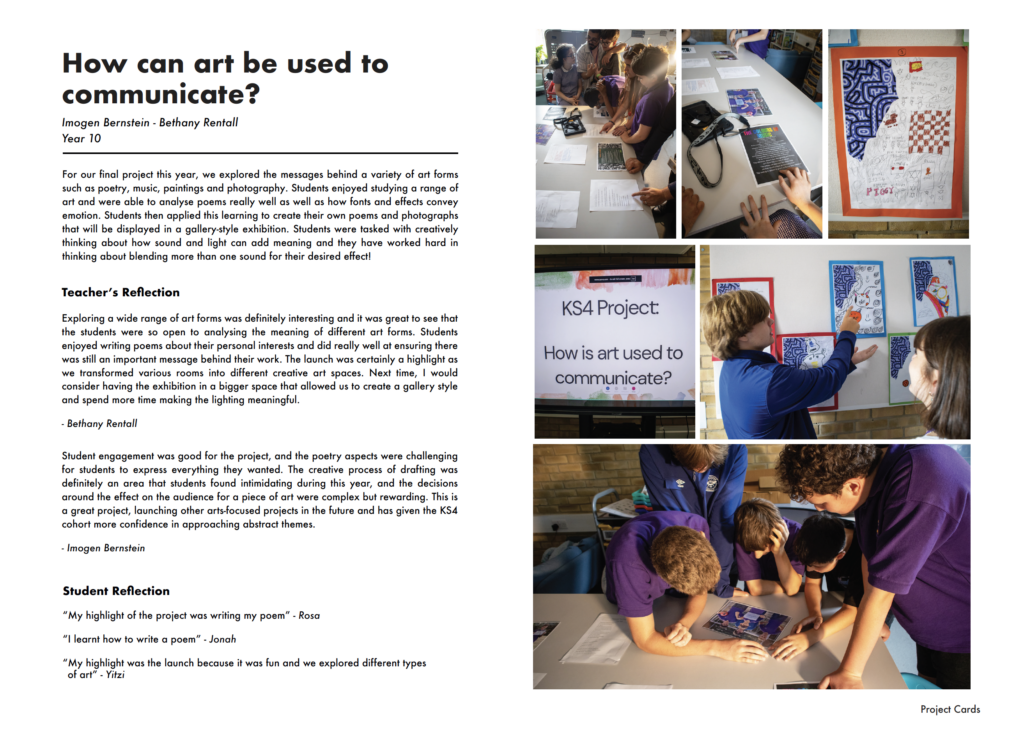

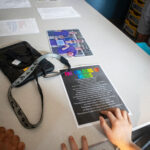
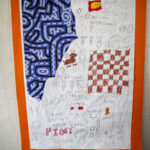
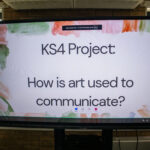
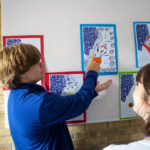
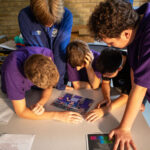
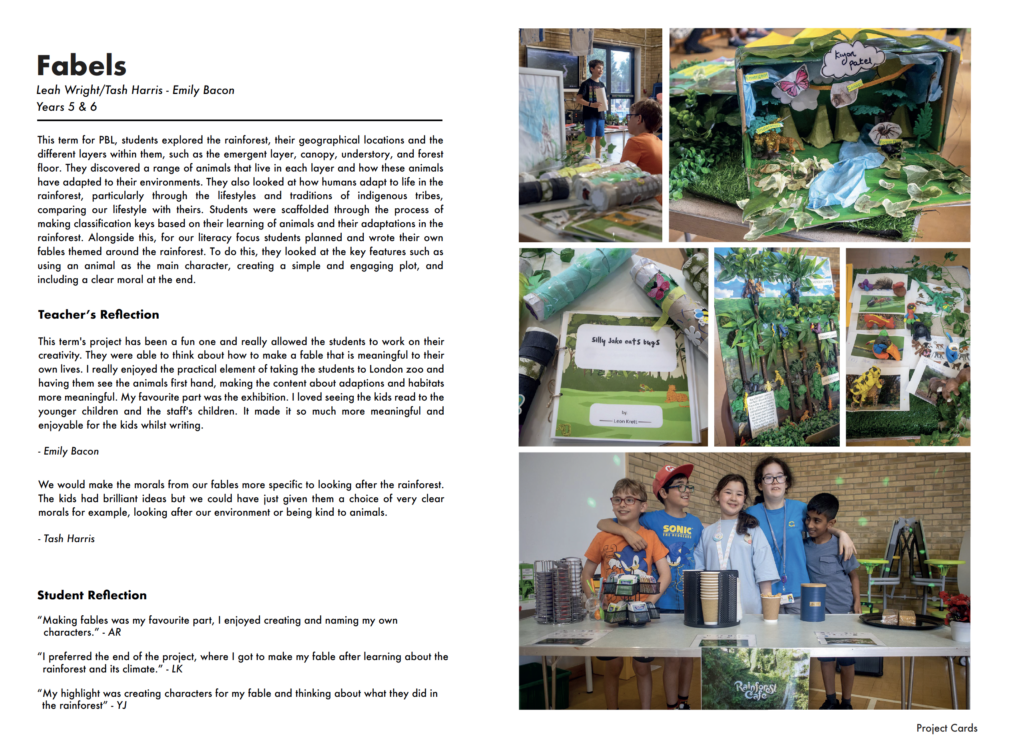
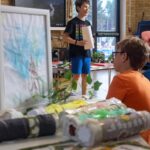
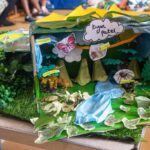

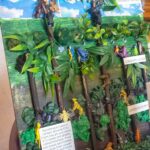
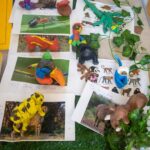

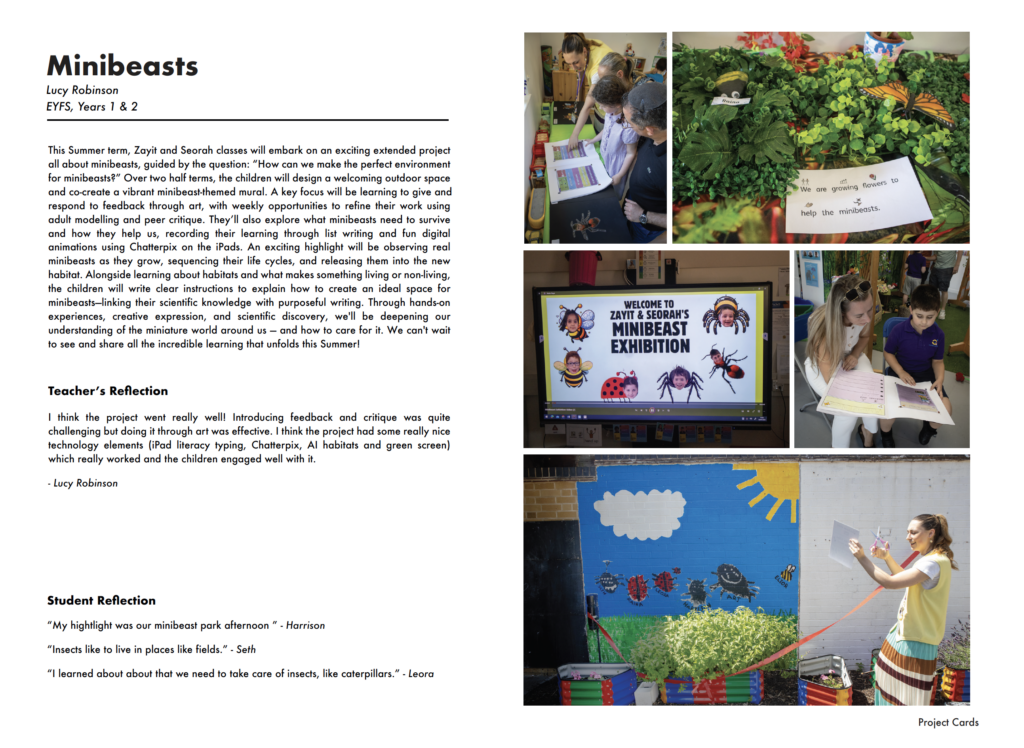
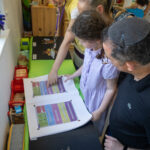

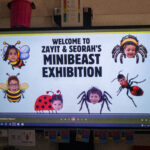

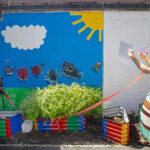
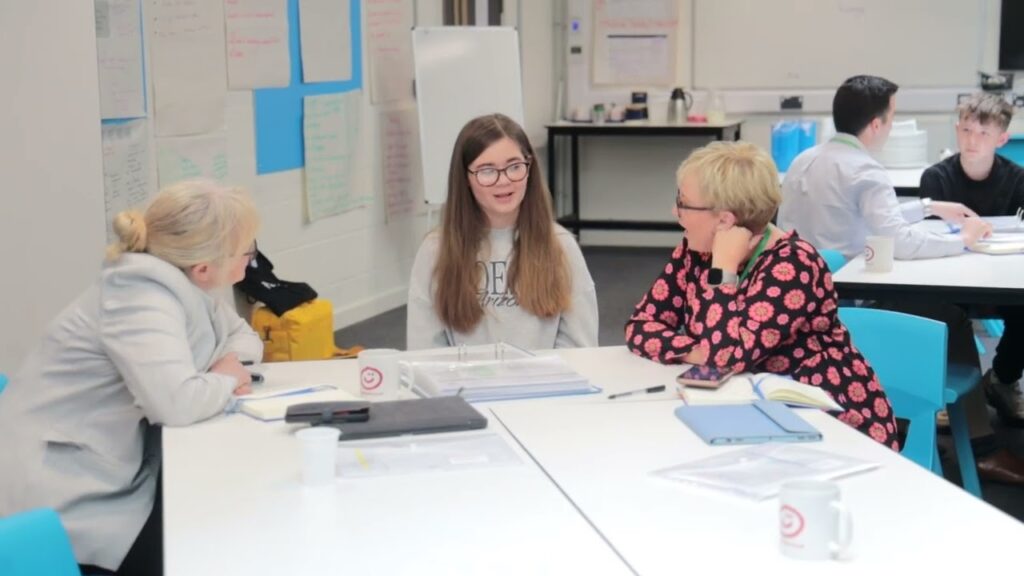 ‘A thing of beauty is a joy forever.’ John Keats
‘A thing of beauty is a joy forever.’ John Keats